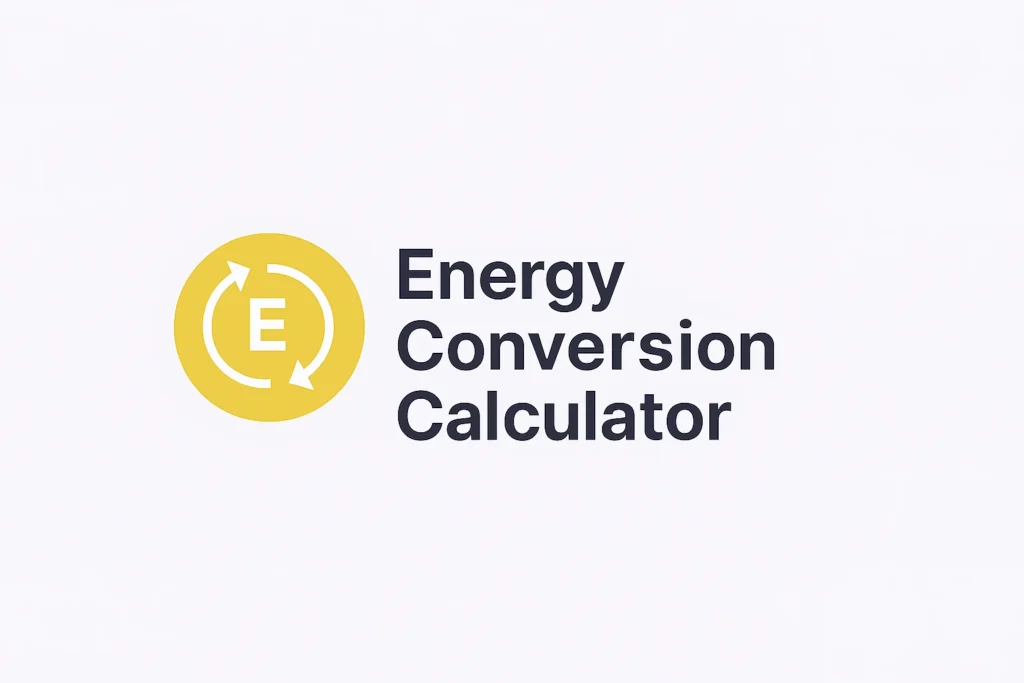De Broglie Wavelength Calculator
Calculate the wave properties of matter.
$$\lambda = \frac{h}{p} = \frac{h}{m \cdot v}$$
Where:
- $\lambda$: Wavelength (m)
- $h$: Planck’s constant ($6.626 \times 10^{-34} \, J \cdot s$)
- $m$: Mass of the particle (kg)
- $v$: Velocity of the particle (m/s)
Input Parameters
About the De Broglie Wavelength
The De Broglie Wavelength Calculator is a powerful educational tool based on the foundational principle of quantum mechanics: wave-particle duality. Proposed by Louis de Broglie in 1924, this concept states that all matter exhibits wave-like properties. This tool calculates the wavelength ($\lambda$) associated with any moving particle, be it an electron or a baseball, using its momentum.
It is an essential resource for students studying modern physics, researchers verifying calculations for experiments like electron diffraction, and physics enthusiasts exploring the quantum realm.
How to Use the Calculator
- Input Mass: Enter the mass of the particle ($m$) in kilograms (kg). Note that for quantum particles (like electrons), this will typically be a very small number, often entered in scientific notation (e.g., `9.11e-31`).
- Input Velocity: Enter the particle’s velocity ($v$) in meters per second (m/s).
- Calculate: Click the “Calculate Wavelength ($\lambda$)” button.
- View Result: The resulting De Broglie Wavelength ($\lambda$) will be displayed in meters (m). Due to the extremely small nature of the results in quantum mechanics, the answer is always formatted in scientific notation (e.g., $1.23 \times 10^{-34}$) for maximum precision and clarity.





